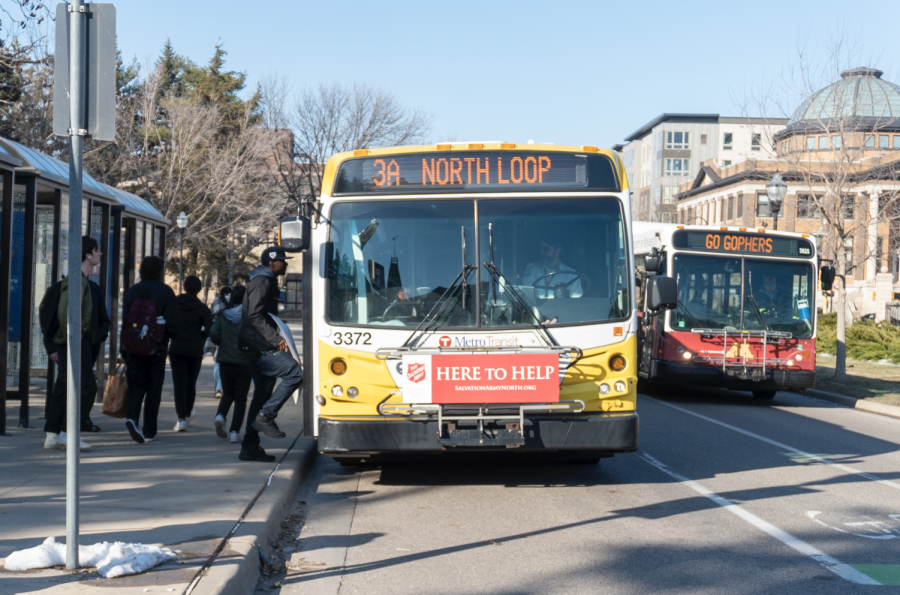Minnesotans aren’t traveling as much as in past years, according to a study by University of Minnesota researchers released earlier this month.
The findings may inform decisions regarding future transportation infrastructure and policy.
Overall, Minnesotans aren’t traveling as often because of demographic and economic changes, said David Levinson, a civil engineering professor and the project’s primary investigator.
The number of trips people took each day, including biking and walking, decreased from 11.6 million in 2000 to 9.8 million in 2010.
Levinson also said that more 16- to 18-year-olds are holding off getting their driver’s license, and in total there are fewer licensed drivers per household today than in 1970.
There was also a 25 percent increase in public transit trips between 2000 and 2010.
The report, which was funded by the Metropolitan Council and the Minnesota Department of Transportation, outlines changes in motor vehicle, public transit, pedestrian and bicycle travel over the last 40 years.
The University’s Center for Transportation Studies compiled information about how people travel in the metro area and quantified changes in their travel behaviors.
The surveys captured transportation and demographic data from random households across the metro. In 2000, about 8,000 households took part in the survey, and about 14,000 took part in 2010, said Jonathan Ehrlich, a Metropolitan Council planning analyst.
Yingling Fan, an associate professor at the Humphrey School of Public Affairs who worked on the project said public transit use has also increased in people who own cars.
“It is considered a more environmental friendly type of transportation option, so I think largely it has to do with a change of people’s attitudes towards public transit,” she said, adding that families with children are also more likely to use public transportation.
Bicycle trips also increased 13 percent between 2000 and 2010, according to the survey, although women do not bike as much as men.
“A common argument against this kind of research is, ‘Why does it matter that women are not biking as much as men?’ … We can see, from the fact that there is a difference, that our transportation system isn’t serving people’s needs in the same way,” said Jessica Schoner, a graduate student who worked on the project.
There were a number of issues in comparing the surveys, Schoner said. For example, the 2010 study surveyed more people and also asked different questions, she said, which could have changed how the data is presented.
A full five-part version of the report will be released later this year, Ehrlich said. Findings will be presented to policymakers, including the Metropolitan Council and the Transportation Advisory Board.
















